The Sticker Shock That Started It All
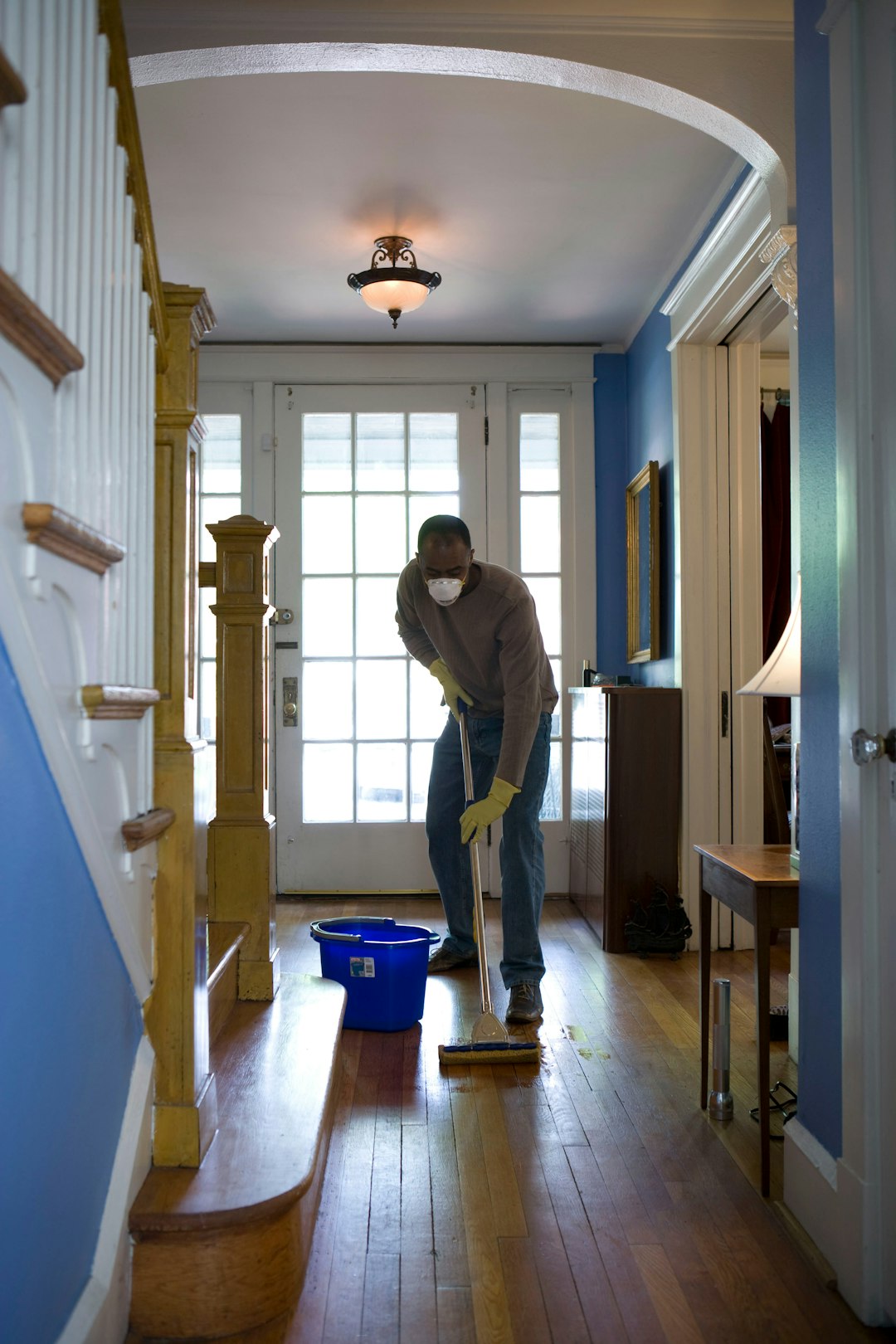
House cleaning prices range from $25 to $80 per hour, or an average of $118 to $237 per visit, according to data from over 90,000 Angi customers. When I first saw these numbers on my cleaning estimate, I nearly choked on my morning coffee. The maid service quoted me three hundred dollars for what they called a “standard cleaning” of my 2,000-square-foot home. That wasn’t even deep cleaning – just regular maintenance that included dusting, vacuuming, and mopping.
The economics simply didn’t add up when I calculated it against my monthly budget. To cover increased costs for labor, overhead, fuel, and other expenses, commercial and house cleaning service rates are rising. What used to be an affordable luxury had transformed into a significant monthly expense that rivaled my car payment. The reality hit hard when I realized I was spending roughly the same amount on cleaning as some people spend on groceries.
Reliability Issues That Drove Me Crazy
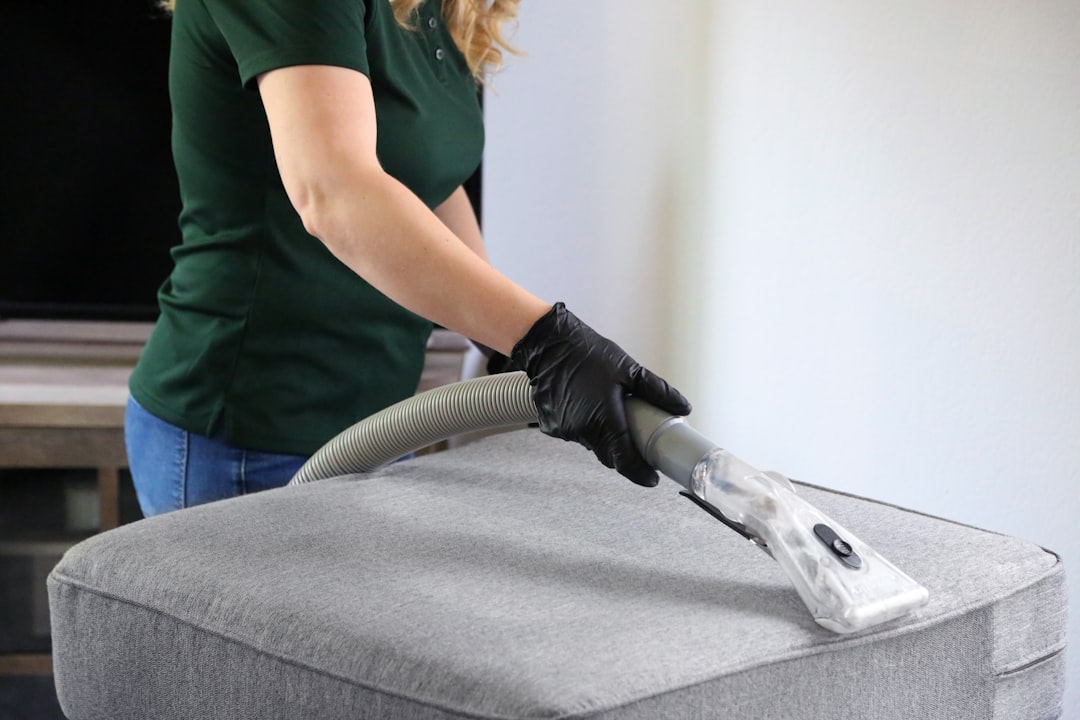
Commercial cleaning companies often lose 55% of their clients annually due to poor service and customer dissatisfaction. This statistic became painfully real in my own experience. My first cleaning service canceled on me three times in two months, always with less than twenty-four hours notice. The second company I tried showed up two hours late without calling, leaving me waiting around like a fool.
Then there was the no-show situation that really pushed me over the edge. I had specifically scheduled cleaning before hosting a dinner party, took time off work to be home for the cleaners, and they simply never arrived. When I called, they claimed there was a “miscommunication” and offered to reschedule for the following week. The deep cleaning crew may be poorly trained. Cleaning crew tardiness or absenteeism. These weren’t isolated incidents but recurring patterns that made me question why I was paying premium prices for unreliable service.
Quality Control Nightmares
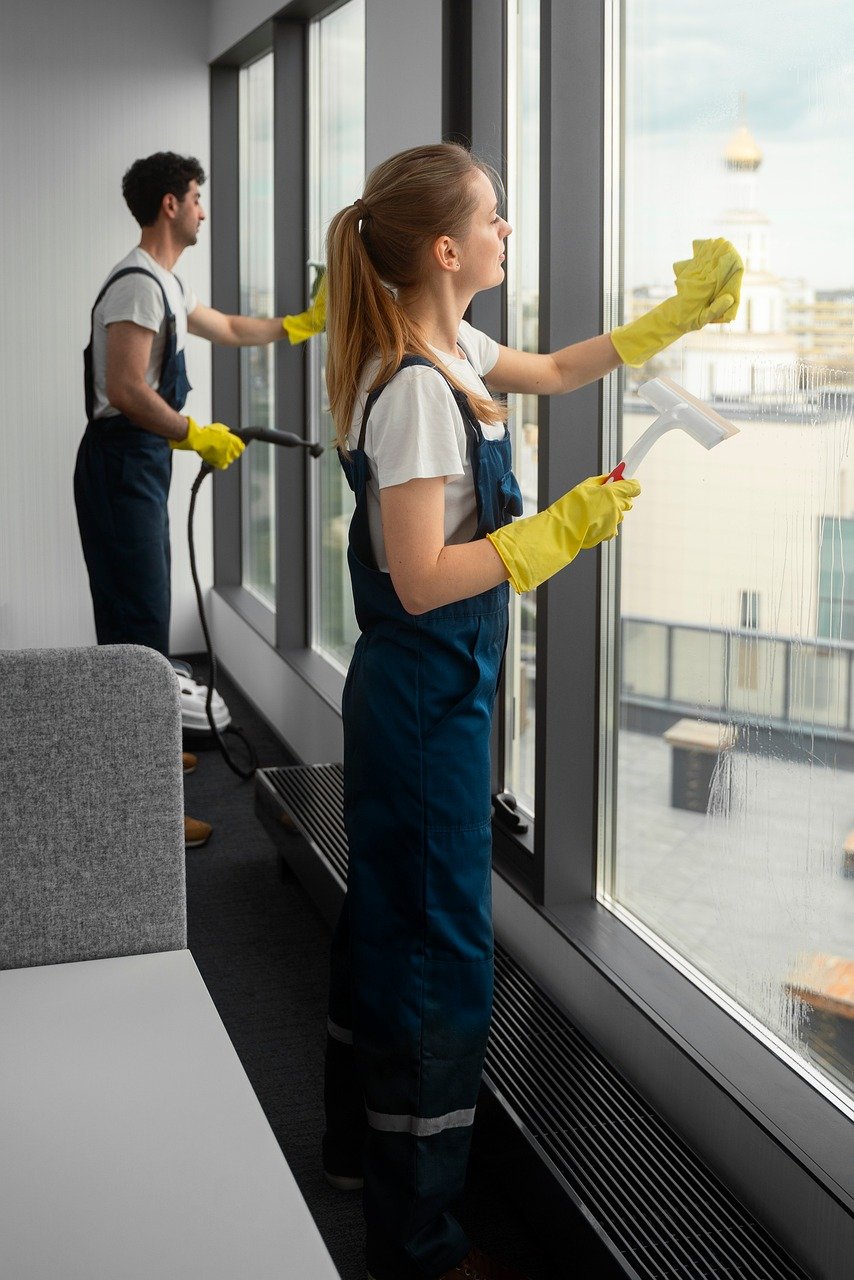
The phrase “you get what you pay for” took on a whole new meaning when I watched my expensive cleaning service miss obvious dirt and dust in plain sight. When cleaners are pressed for time because of a busy house cleaning schedule, the quality of the cleaning can suffer. Rushing through a cleaning job may result in overlooked or not thoroughly cleaned areas. Forgetting to dust baseboards and light fixtures, leaving streaks on glass and mirrors, or neglecting to vacuum under furniture.
I found myself doing a walkthrough after each cleaning session, essentially becoming a quality inspector for work I was paying others to do. The bathroom mirrors still had toothpaste spots, the kitchen counters had crumbs in the corners, and somehow dust bunnies survived under the coffee table week after week. It became abundantly clear that many cleaning services prioritize speed over thoroughness, cramming multiple houses into tight schedules.
Trust and Security Concerns
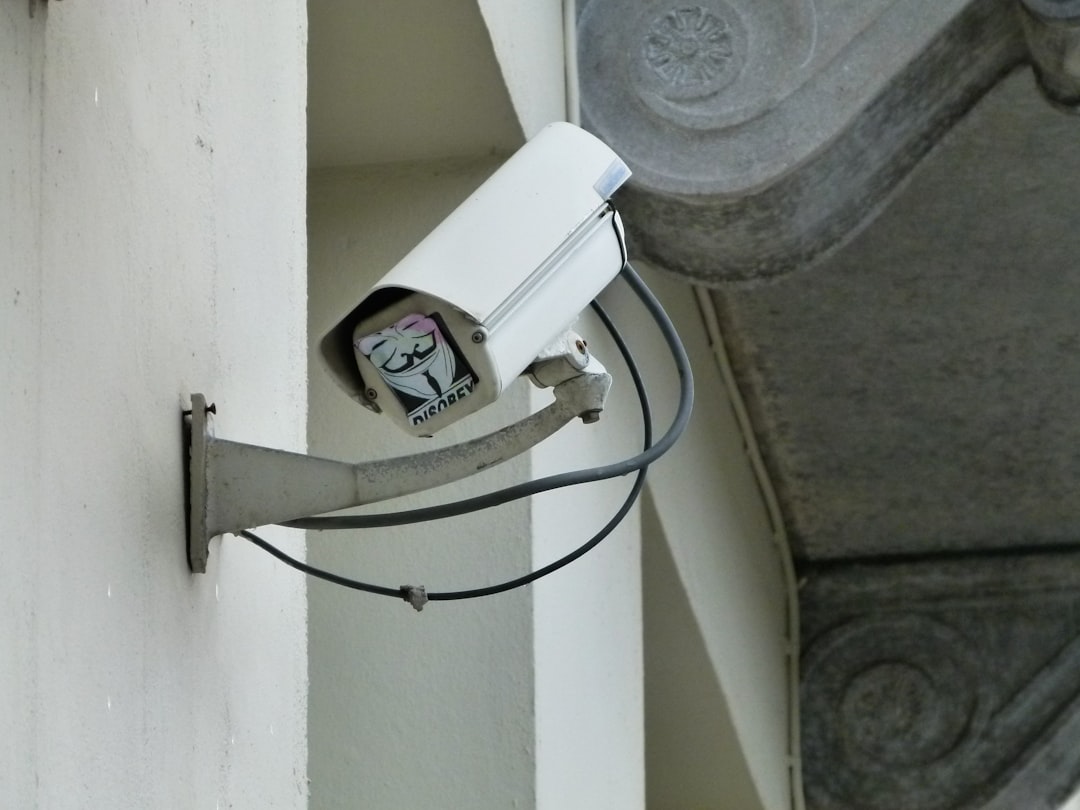
Letting strangers into your home while you’re away requires an enormous leap of faith, and that trust was broken more than once. Theft, loss, or damage of items or property. While I never experienced outright theft, I did discover broken items that were quietly replaced or hidden rather than reported honestly. A picture frame here, a coffee mug there – small things that revealed a lack of accountability.
The rotating cast of cleaners made it worse. Just when I’d get comfortable with someone, the company would send a different person without notice. Each new cleaner meant explaining my preferences again, worrying about my belongings, and basically starting the trust-building process from scratch. The constant uncertainty about who would be in my home became emotionally exhausting.
Communication Breakdowns

The company’s poorly communicated or the cleaning customer’s poorly understood cleaning specifications. This became a recurring nightmare where my specific requests seemed to vanish into thin air. I’d leave detailed notes about focusing on the kitchen backsplash or giving extra attention to pet hair, only to come home and find these areas completely ignored.
The customer service experience felt like playing telephone with multiple people who didn’t talk to each other. The person who answered phones had no idea what the cleaners actually did, the supervisor was never available when issues arose, and the cleaners themselves spoke limited English. Simple requests became complicated negotiations that often resulted in misunderstandings and frustration on both sides.
Hidden Fees and Pricing Games
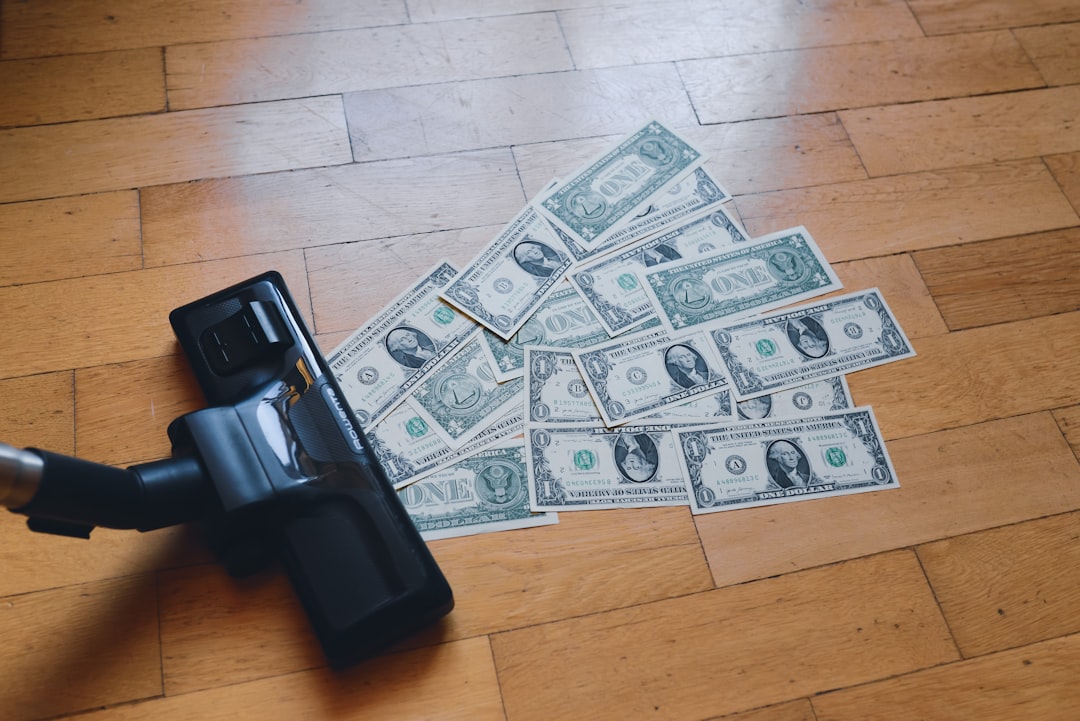
The initial quote was just the beginning of what felt like death by a thousand cuts when it came to pricing. “…falsely advertises and misleads customers with $19 home cleaning. What they leave out is that price is a lure to mislead customers to get trapped in a 6 month membership in addition to fees that they say they charge at their discretion to pay for their business expenses on top of and beyond the membership and actual cleaning costs.”
Extra charges appeared for things I assumed were included: supplies, eco-friendly products, holiday surcharges, and even gas fees. The final bill often exceeded the estimate by thirty to fifty percent, leaving me feeling manipulated and taken advantage of. It became clear that the advertised rates were marketing tools rather than honest pricing.
Scheduling Inflexibility

The rigid scheduling requirements made it feel like I was working around their convenience rather than the other way around. Most services insisted on specific time windows during business hours, forcing me to adjust my work schedule or burn vacation days. Rescheduling required at least forty-eight hours notice but they could cancel on me with just a few hours warning.
Weekend slots cost extra, early morning or evening appointments were “unavailable,” and forget about getting service on short notice for special occasions. The irony wasn’t lost on me that I was paying for convenience but actually making my life less convenient in the process. Customers tend to forget the reason why they complained but will always remember how you and/or your staff responded (or failed) when handling the complaint. It’s up to you to turn that complaint into a satisfied customer by providing outstanding customer service.
The Training Gap Problem
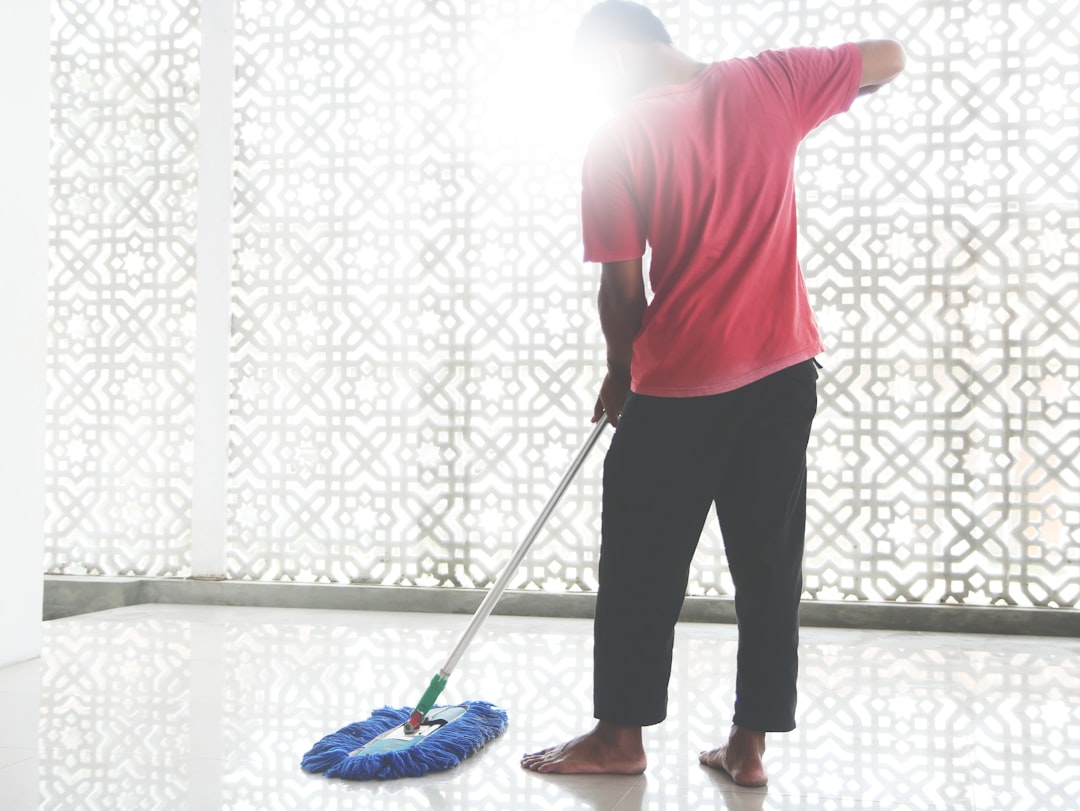
Usually, complaints are the result of poor training or differences in expectations. If the problem involves training, then find out who dropped the ball – the employee or the supervisor? Then determine if this is an isolated incident or if your training procedures need reviewing. This became evident when I watched cleaners use the same rag on toilets and kitchen counters, or spray furniture polish on my hardwood floors.
The lack of proper training wasn’t just about cleaning techniques – it extended to basic professionalism and customer service. Cleaners would rearrange my belongings without asking, use my personal items like towels for cleaning, or leave cleaning supplies scattered around the house. These weren’t malicious acts but clear indicators of insufficient training and oversight.
Chemical Sensitivity Issues

Despite my repeated requests for eco-friendly or fragrance-free products, cleaning services consistently used harsh chemicals that left my home smelling like a hospital and triggered my allergies. Would you prefer eco-friendly cleaning products in your home? Clearing companies often offer this service for between $10 and $100 extra, depending on the size of your home and the extent of the job. The extra fees for “green” cleaning felt like extortion for basic health considerations.
The chemical residue on surfaces meant I couldn’t comfortably use my kitchen for hours after cleaning, and the overwhelming scents gave me headaches that lasted well into the evening. When I complained, I was told that their “professional grade” products were necessary for proper sanitization, essentially dismissing my health concerns as unreasonable preferences.
The Insurance and Liability Maze

When damage did occur, navigating the insurance claims process revealed how little protection customers actually have. For example, annual premiums for workers’ compensation insurance for housekeepers can vary between $135 and $265. These types of expenses contribute to the final cost that customers pay for cleaning services. The cleaning company’s insurance had so many exclusions and requirements that getting compensation for a damaged antique became more trouble than it was worth.
The paperwork required photos, receipts, multiple phone calls, and waiting periods that stretched for weeks. Meanwhile, I was expected to continue paying for services while disputing their responsibility for damages. The whole experience made me realize that the insurance coverage was more about protecting the company than compensating customers for legitimate claims.
